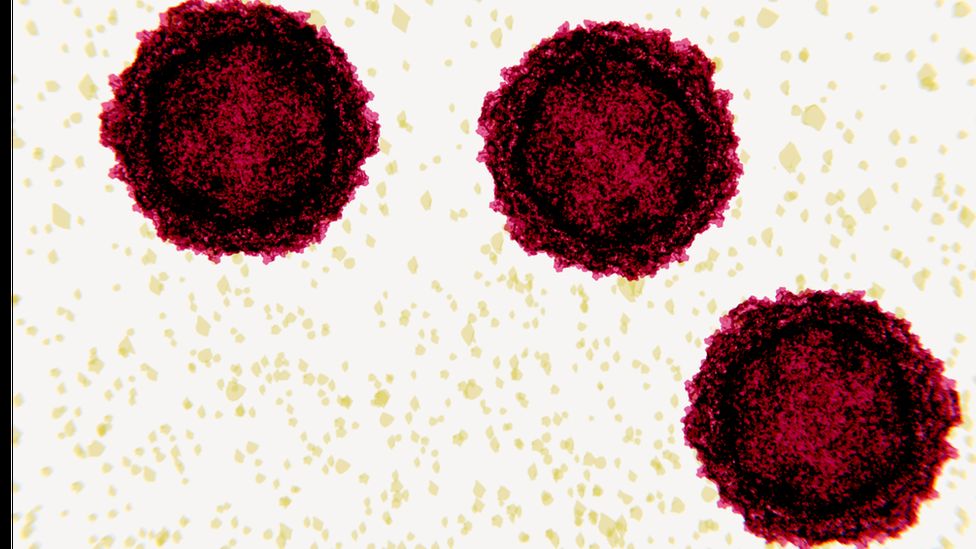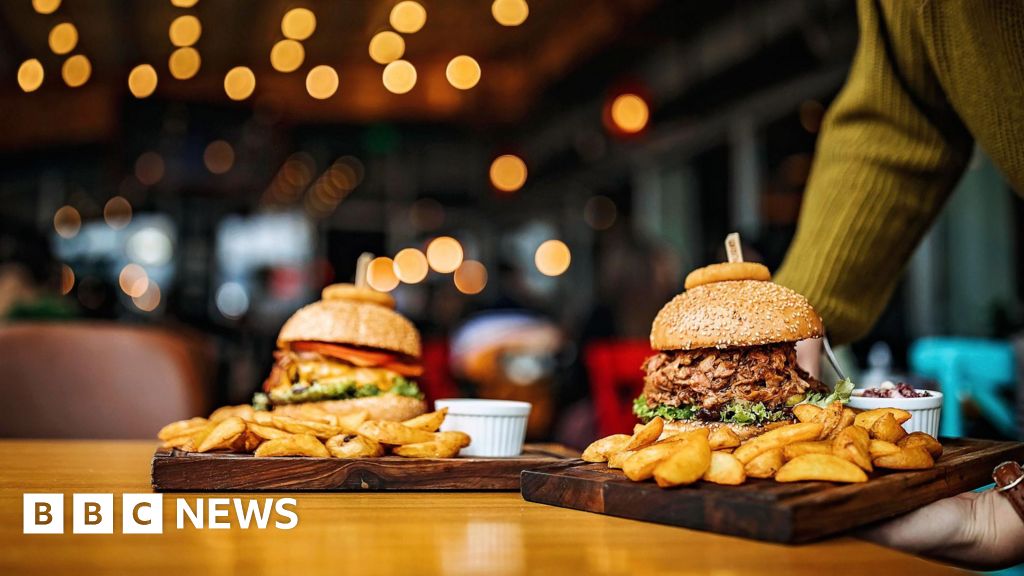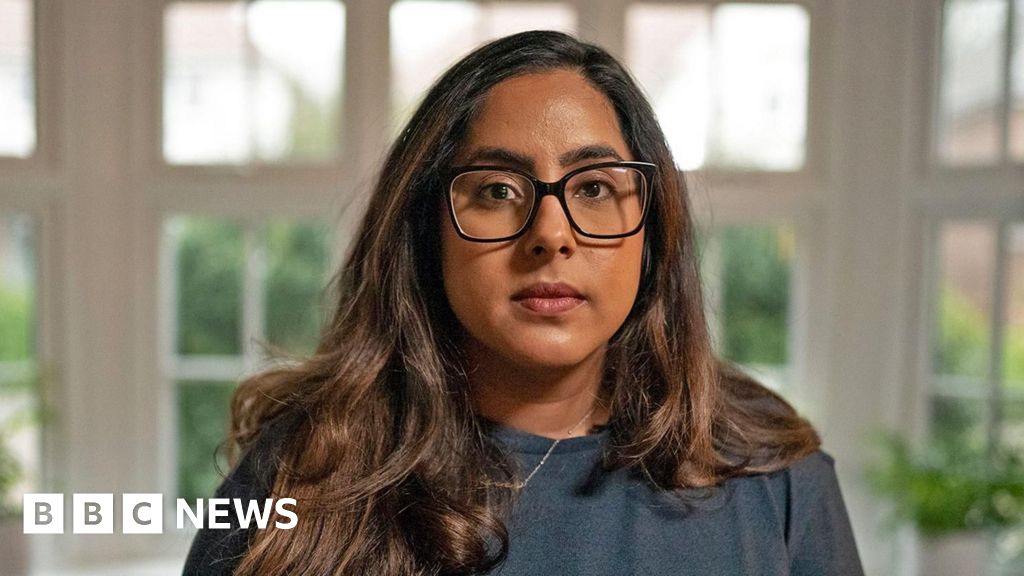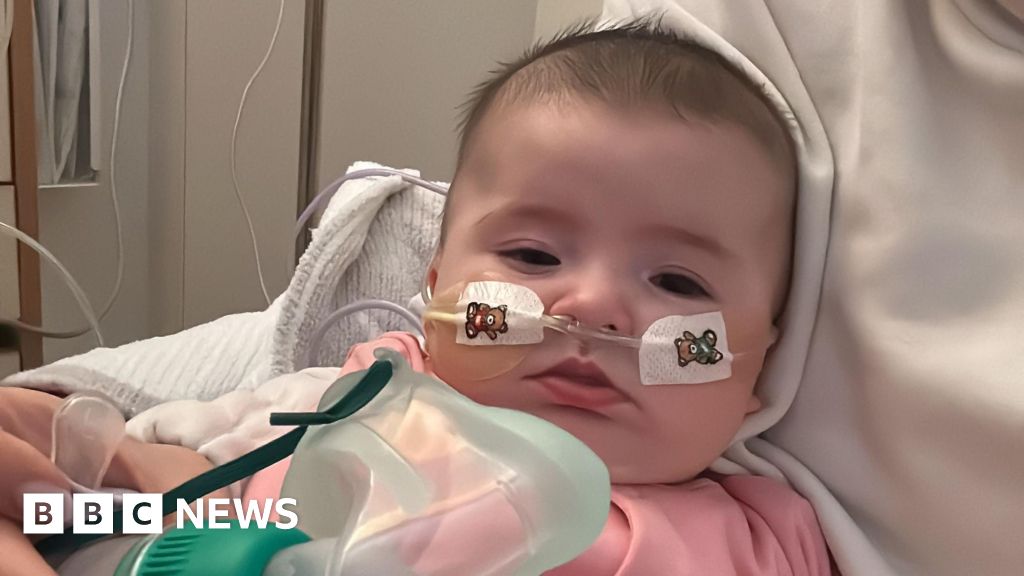ARTICLE AD BOX
By Smitha Mundasad and Philippa Roxby
Health reporters
 Image source, Getty Images
Image source, Getty Images
UK health officials say they have detected the virus that causes polio in a concerning number of sewage samples in London.
There have been no recorded cases of people ill with the disease in the UK but doctors are on alert.
What is polio and how does it spread?
It can be a serious infection, caused by a virus which spreads easily through contact with the faeces (poo) of an infected person or less commonly through droplets when they cough or sneeze.
It mostly affects children under five years old.
The majority of people with the infection have no symptoms but some feel like they have the flu with:
- a high temperature
- sore throat
- headache
- stomach pain
- aching muscles
- feeling sick
A small number of infected people - between one in a thousand and one in a hundred - develop more serious problems where polio invades the nervous system. This causes paralysis - usually of the legs.
This is not normally permanent and movement often comes back gradually.
But it can be life-threatening - particularly if paralysis affects muscles used for breathing.
Image source, Getty Images
What age do you get the polio vaccine?
The UK used to use a highly effective oral polio vaccine that came as drops. It has switched to the newer, injectable form.
The NHS offers five doses from the ages of 8 months to 14 years as part of routine childhood jabs.
They are given when a child is:
- 8, 12 and 16 weeks old as part of the 6-in-1 vaccine
- 3 years and 4 months old as part of the 4-in-1 (DTaP/IPV) pre-school booster
- 14 years old as part of the 3-in-1 (Td/IPV) teenage booster
People need to have all of these vaccinations to be fully immunized against the disease.
You can have a vaccination at any point if you've never had one before.
How can you protect children?
In the UK you can check your children's red books to make sure they are up-to-date with their routine jabs. Contact your GP if one has been missed.
Health officials say the first three jabs, given to young babies, offer good protection.
But take-up of the first three doses is about 86% in London, well below target levels, with the rest of the UK at over 92%.
This may in part be down to some populations in the capital moving regularly, making it harder to access vaccines at the right time.
Most of the UK population will be protected from vaccination in childhood, but in some communities with low vaccine coverage, individuals may remain at risk.
Is polio a problem worldwide?
Cases have decreased by more than 99% since 1988, from an estimated 350,000 cases in more than 125 countries then to 175 reported globally in 2019.
All continents, except Asia, have been certified as polio free.
The last person recorded to have acquired the wild virus in the UK was in 1984.
There are a few countries where the disease is still found - it includes war-torn Afghanistan and Pakistan, where it has been difficult to vaccinate everyone.
Globally, 83% of infants had received three doses of polio vaccine in 2020, according to the World Health Organization.
Are there different kinds of polio?
Wild poliovirus is the most common form.
But there is another, rarer type linked to the oral form of the vaccine.
The vaccine offers excellent protection against wild polio, is easy to use and has been deployed by many countries around the world - keeping millions of people safe.
It contains a weakened, live form of the virus which can replicate harmlessly in the gut. But that means some is then excreted in poo.
In rare cases, this weakened form can spread to unvaccinated people. This appears to be what has happened now in the UK.
Over a long period the vaccine-derived virus might change to become more like wild polio.
In the last decade - a period during which more than 10 billion doses of oral polio vaccine were given worldwide - vaccine-derived-polio virus outbreaks resulted in fewer than 800 cases.
In the same period, in the absence of vaccination with the oral polio vaccine, more than 6.5 million children would have been paralysed by wild poliovirus.
Many industrialised countries now use the newer injectable form which contains a killed version of the virus.
Both vaccines are safe and effective.
Image source, Getty Images
Image caption,Children are routinely vaccinated against polio in the UK, but uptake is lower than usual in London
Why is the polio virus back?
A tiny number of samples of the polio virus are detected each year in the UK during sewage surveillance. However, this is the first time that a genetically-linked cluster has been found repeatedly over a period of months.
The polio virus detected in London most likely came from someone who had recently received an oral polio vaccine.
They will then have shed the weakened vaccine virus in their stools.
It is likely it was then passed on to another person at this point and has since infected some others. None are ill though.
How much of a problem is it?
The UK is so far taking the right approach, according to Sir Jeremy Farrar, director of the Wellcome Trust.
"It's a credit to the surveillance systems, it's a credit UK Health Security Agency for picking this up and then taking the right public health approaches."
And Prof Paul Hunter, professor of medicine at UEA, said while the findings were a concern getting more people vaccinated would help stop the virus.
Related Internet Links
The BBC is not responsible for the content of external sites.

 2 years ago
41
2 years ago
41








 English (US) ·
English (US) ·